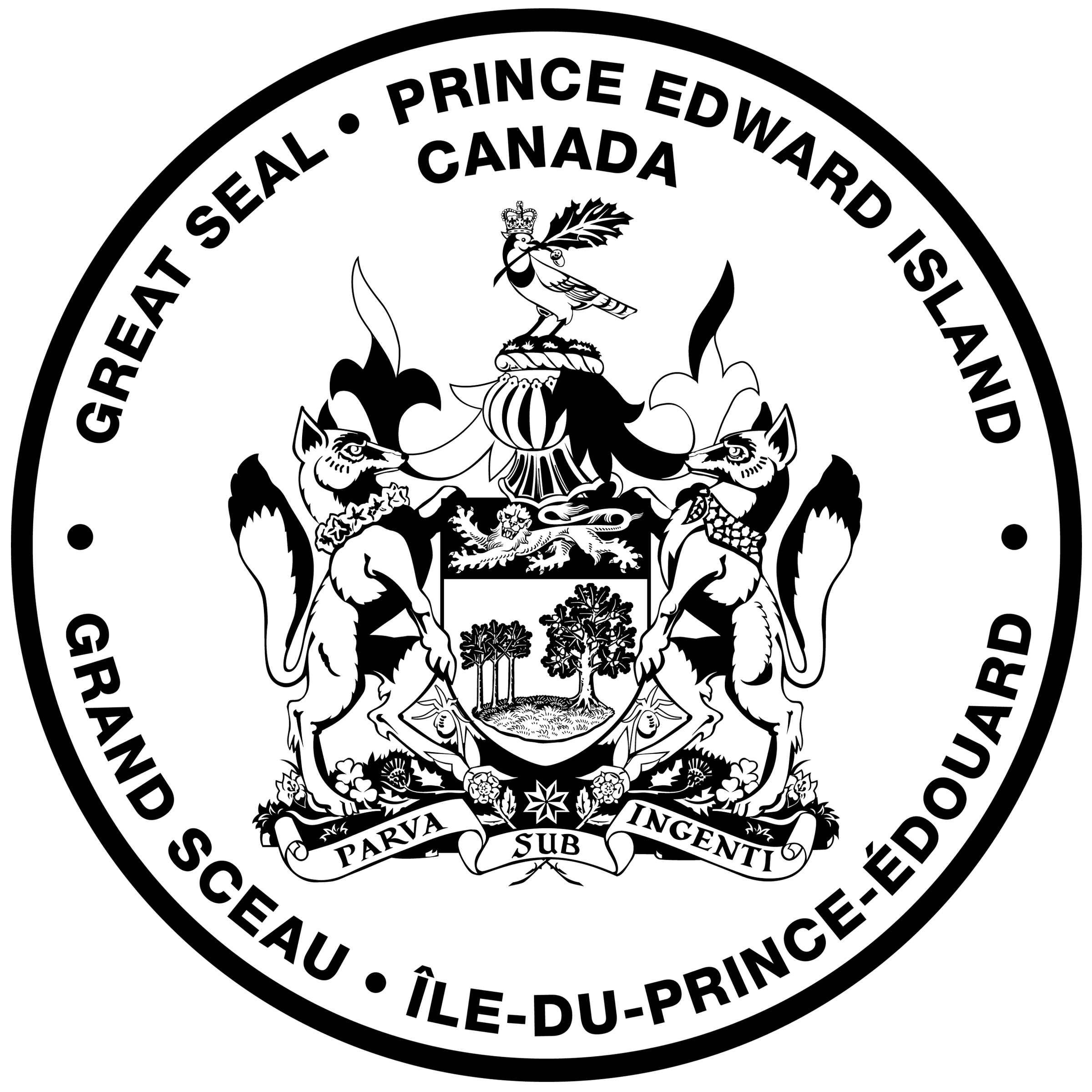The Great Seal
A great seal is the highest order of seal used by a government. In Canada, application of a great seal legitimizes a formal document, showing that it has been approved by the Lieutenant Governor.
History of the Great Seal of Prince Edward Island
In 1769, Prince Edward Island, then known as St. John's Island, was granted colonial status and received its Great Seal from Britain. One side of the seal showed His Majesty's Armorial Bearings while the other side bore an early version of our current shield of arms. This seal was stolen in 1775 by American Revolutionary Forces and was never recovered.
The next known Great Seal for the Island was issued in 1815, on one side bearing the Arms of the Monarch and, on the other side, acknowledging the new name “Prince Edward Island.”
The seal continued to be updated as monarchs changed and was replaced by the first provincial (non-colonial) Great Seal in 1949. The 1949 seal was used until 1984 when a new seal was cast to improve the quality of print.
The Great Seal of Prince Edward Island 2002
Section 7 of the Executive Council Act provides that there will continue to be a great seal of the province, that the Lieutenant Governor in Council may vary or change the Great Seal, and that the Clerk of the Executive Council will be its custodian.
In 2002, the Lieutenant Governor in Council authorized that the Great Seal of the Province of Prince Edward Island be changed to depict the new Armorial Bearings of the province.
The dies and press for the new seal were made by Shaw and Sons of England. The seal measures 65 millimetres in diameter and weighs 14 kilograms.